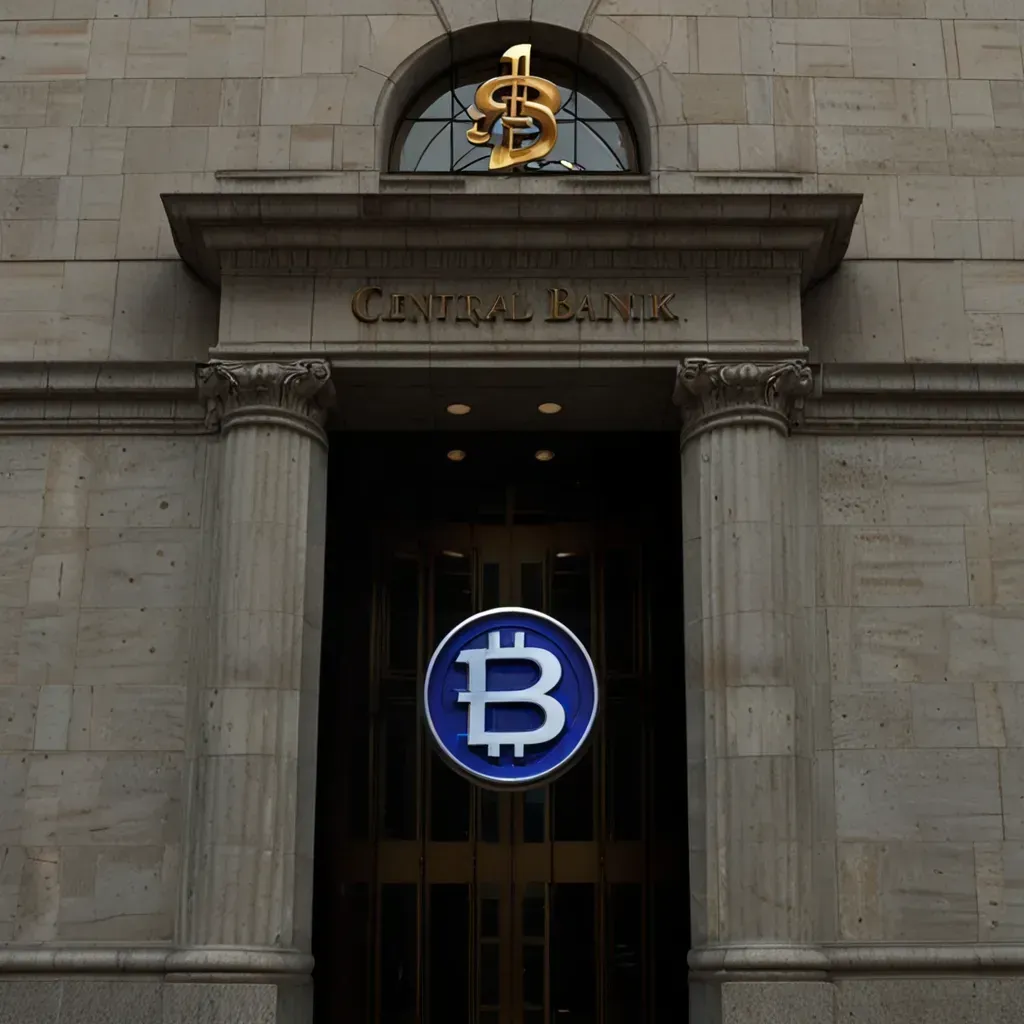In the ever-evolving landscape of business, certain companies stand tall, seemingly impervious to the winds of change that buffet their competitors. These titans of industry have built fortresses around their operations, protecting themselves from market disruptions and maintaining their dominance year after year. But what exactly are these protective barriers, and how do they work?
Let’s explore the five economic moats that shield companies from the turbulent waters of competition and market downturns. These competitive advantages are not just fleeting moments of success, but enduring strengths that can provide long-term stability and growth.
First on our list is the power of network effects. Imagine a social media platform with only one user - not very useful, right? But as more people join, the value for each user grows exponentially. This self-reinforcing cycle creates a powerful moat that’s difficult for competitors to overcome. Facebook, with its billions of users, exemplifies this concept perfectly. The more people who join, the more valuable the platform becomes for everyone involved.
But network effects aren’t limited to social media. Payment networks like Visa have leveraged this advantage to create a global financial ecosystem. Every new merchant that accepts Visa cards makes the network more valuable to cardholders, and vice versa. This virtuous cycle has helped Visa maintain its position as a leader in the payments industry for decades.
What about companies that don’t rely on vast networks of users? For them, cost advantages through proprietary manufacturing processes can provide a formidable defense against competition. Take Taiwan Semiconductor Manufacturing Company (TSMC), for instance. Their cutting-edge chip manufacturing technology allows them to produce semiconductors more efficiently and at a lower cost than their rivals. This advantage has made TSMC the go-to manufacturer for tech giants like Apple and Nvidia.
How does this cost advantage translate into a moat? Well, it’s not just about being cheaper. It’s about having processes and technologies that are so advanced and efficient that competitors struggle to match them. This allows companies like TSMC to maintain higher profit margins or offer more competitive pricing, making it difficult for new entrants to gain a foothold in the market.
But what if a company’s strength lies not in its manufacturing prowess, but in the stickiness of its products? This brings us to our third moat: high switching costs. Adobe’s suite of creative software is a prime example. Once a designer or a company has invested time and resources into learning and integrating Adobe’s tools into their workflow, switching to a competitor’s product becomes a daunting and costly proposition.
These high switching costs create a barrier that keeps customers loyal, even in the face of new alternatives. It’s not just about the monetary cost of switching, but also the time, effort, and potential disruption to business operations. This moat can be particularly powerful in B2B markets, where changing vendors can have far-reaching implications across an organization.
But what about industries where physical products or processes don’t provide a clear advantage? This is where intangible assets come into play. Patents, brands, and licenses can create powerful moats that keep competitors at bay. Consider luxury goods conglomerate LVMH, whose portfolio of iconic brands like Louis Vuitton, Hennessy, and Dior commands premium pricing and customer loyalty.
These intangible assets are often the result of years or even decades of investment in research, marketing, and brand building. They create a perception of value that goes beyond the physical attributes of a product, allowing companies to maintain higher profit margins and resist commoditization.
“Your premium brand had better be delivering something special, or it’s not going to get the business.” - Warren Buffett
Buffett’s words ring true when we consider the power of intangible assets. But how do companies maintain the strength of these assets over time? It requires constant innovation, careful brand management, and a deep understanding of customer needs and desires.
Finally, we come to our fifth moat: efficient scale dominance in niche markets. This moat is particularly effective for companies operating in markets that are too small to support multiple competitors at efficient economies of scale. Waste Management, for example, has built a strong position in the waste disposal industry by dominating regional markets.
In these situations, the market leader can operate at peak efficiency, while any potential competitors would struggle to achieve the same level of cost-effectiveness. This creates a natural barrier to entry, as the economics simply don’t support additional players in the market.
Now, you might be wondering: How can investors identify and evaluate the strength of these moats when analyzing companies for long-term investment potential? It’s a crucial question, as the presence of a strong economic moat can be a key indicator of a company’s ability to generate sustainable returns over time.
One approach is to look at a company’s financial metrics over an extended period. Consistently high profit margins, strong returns on invested capital, and stable or growing market share can all be indicators of a robust economic moat. But numbers alone don’t tell the whole story.
It’s equally important to understand the qualitative aspects of a company’s competitive advantage. What makes their product or service unique? How loyal are their customers? What barriers exist for potential competitors? Answering these questions requires deep industry knowledge and careful analysis of a company’s business model and market position.
“In business, I look for economic castles protected by unbreachable moats.” - Warren Buffett
Buffett’s castle analogy is apt. But how do we determine if a moat is truly “unbreachable”? It’s not always easy, especially in today’s rapidly changing business environment. Technology can quickly erode what once seemed like impenetrable advantages. Just look at how streaming services disrupted the once-dominant cable TV industry.
This brings us to an important point: economic moats are not static. They require constant reinforcement and adaptation. Companies that rest on their laurels, assuming their competitive advantage will protect them indefinitely, often find themselves vulnerable to new entrants or changing market dynamics.
Consider the case of Kodak, once a titan of the photography industry with a seemingly insurmountable lead in film technology. Their failure to adapt to the digital revolution led to their downfall, despite their strong brand and decades of market dominance.
So, as investors or business leaders, how do we ensure that our moats remain strong in the face of change? It requires a combination of vigilance, innovation, and adaptability. Companies must continually invest in strengthening their competitive advantages, whether through R&D, strategic acquisitions, or evolving their business models.
But perhaps the most important factor is a deep understanding of customer needs and market trends. The strongest moats are those that align closely with what customers truly value. As markets evolve and customer preferences change, companies must be ready to evolve their moats accordingly.
“The secret of change is to focus all of your energy, not on fighting the old, but on building the new.” - Socrates
While Socrates wasn’t talking about business strategy, his words hold true for companies seeking to maintain their competitive advantage. It’s not enough to defend existing moats; companies must also be building new ones.
As we wrap up our exploration of economic moats, it’s worth asking: Which of these five moats do you think is the most powerful in today’s business environment? Is it the network effects that have propelled tech giants to unprecedented valuations? The cost advantages that allow manufacturers to dominate their industries? Or perhaps the intangible assets that give luxury brands their enduring appeal?
The answer, of course, depends on the specific industry and market conditions. But one thing is clear: companies that can build and maintain strong economic moats are well-positioned to weather market disruptions and deliver long-term value to their shareholders.
In the end, the concept of economic moats reminds us that sustainable business success is not just about short-term profits or fleeting competitive advantages. It’s about building enduring strengths that can withstand the test of time and the pressures of competition. For investors and business leaders alike, understanding and identifying these moats is crucial to making informed decisions and building lasting value.
So the next time you’re analyzing a company, whether as a potential investment or a competitive threat, take a moment to consider its moats. Are they wide and deep, offering robust protection against market forces? Or are they narrow and shallow, vulnerable to erosion? The answers to these questions could well determine the company’s fate in the years to come.






